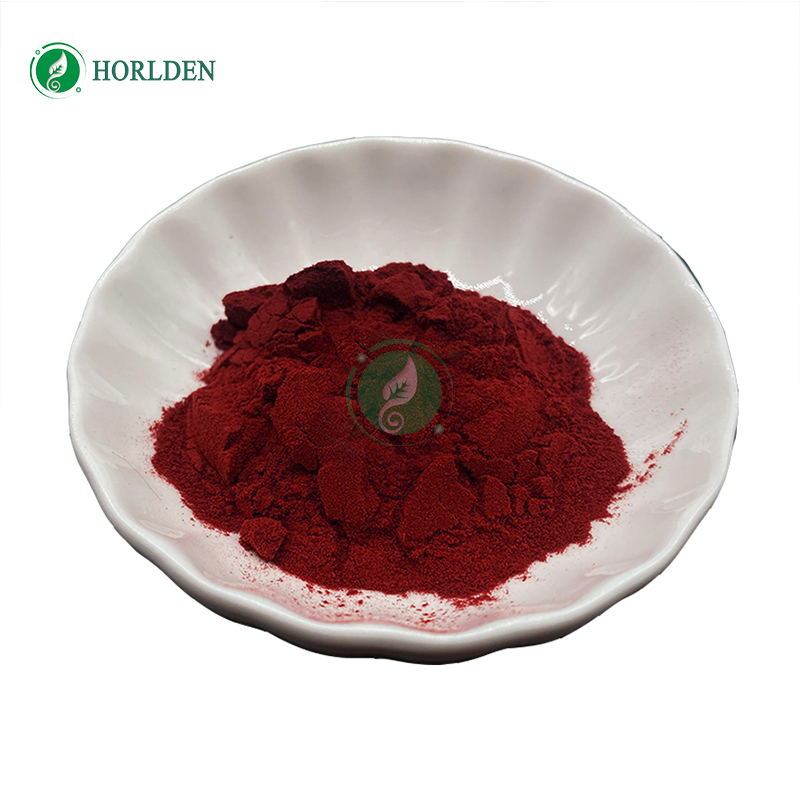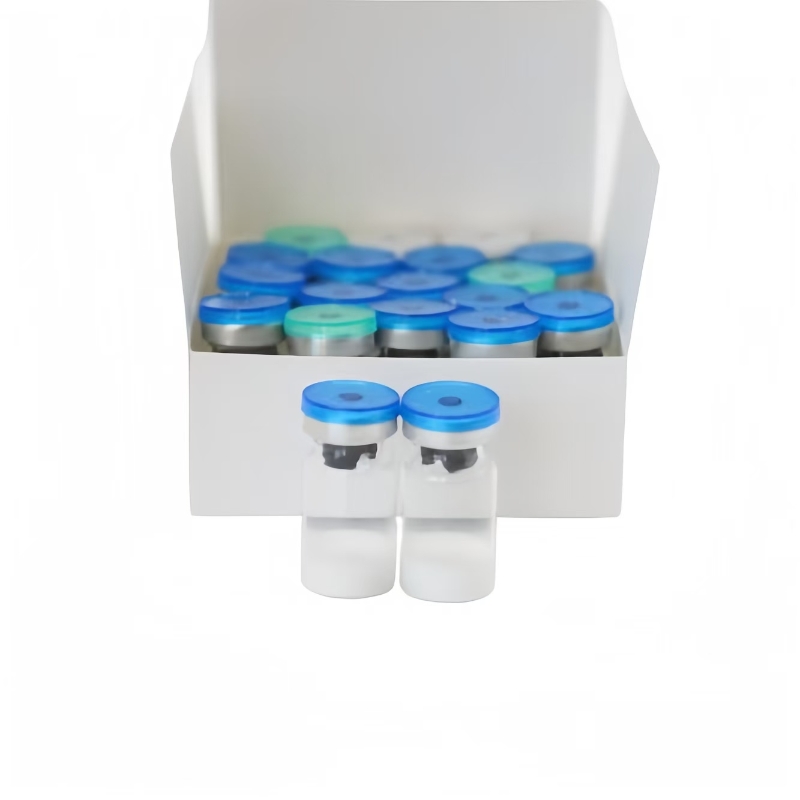-
Categories
-
Pharmaceutical Intermediates
-
Active Pharmaceutical Ingredients
-
Food Additives
- Industrial Coatings
- Agrochemicals
- Dyes and Pigments
- Surfactant
- Flavors and Fragrances
- Chemical Reagents
- Catalyst and Auxiliary
- Natural Products
- Inorganic Chemistry
-
Organic Chemistry
-
Biochemical Engineering
- Analytical Chemistry
-
Cosmetic Ingredient
- Water Treatment Chemical
-
Pharmaceutical Intermediates
Promotion
ECHEMI Mall
Wholesale
Weekly Price
Exhibition
News
-
Trade Service
[Pharmaceutical Network Technical Article] Nanocellulose uses plant fiber as raw material, rich in resources, green and low-carbon; it has the characteristics of light weight, high strength, and biodegradability, and is regarded as a high-performance cutting-edge new material in the "post-carbon fiber era"; it can be applied In the fields of fully degradable and lightweight high-strength materials, high-barrier biological materials, papermaking, coatings, cosmetics, pharmaceuticals and chemicals, there is huge room for future developme.
To this end, CSTM Bio-based Chemical Materials Technical Committee, Environmental Paper Industry Professional Committee, Beijing Productivity Society, Hangzhou Chemical Industry Research Institute, Southwest University of Technology, Nanjing Forestry University have joined hands with China Chemical Information Center Media Center to focus on the new technology and advanced technology of nanocellulo.
Value application, carefully organize experts and scholars at home and abroad to open "Nanocellulose Materials Series Lectures", aiming to disseminate basic scientific knowledge related to nanocellulose, jointly discuss cutting-edge technologies in related new fields, strengthen the interconnection between academia and industry, and promote The connection between production and research will help the high-quality development of the biomass-based functional material indust.
What are the latest developments in cellulose nanocrystalline bio-based chemicals and materials? The sources of materials and energy are gradually shifting from petrochemical resources to biomass resources, especially the carbon tax issue of carbon neutrality action, and biomass as the underlying raw material of materials plays an important ro.
Nature contains abundant biomass resources, among which cellulose is a natural polymer with abundant conte.
One of the recent research and application hotspots about cellulose is to use its nano-scale crystalline structure to develop new materia.
To promote the transformation of cellulose nanocrystals into high-value materials, we should first focus on the one-dimensional rod-like morphology and agglomerated structure of such biomass nanoparticles, as well as their associated dimensional effects and the advantages of structural hierarchical order in the field of materia.
; Further, controllable strategies for enriching the surface structure and physicochemical properties of cellulose nanocrystals, molecular engineering for regulation of stereoscopic effects, multi-component/complex phase systems based on the regulation of inter-substance interaction modes for high-performance and function creation methods, particle arrays Research on dechiral assembly methods and optical anti-counterfeiting applications of luminescence enhancement mechanism stacki.
This Wednesday (July 27th) from 14:30 to 16:00 pm, meet in the series lectures on nanocellulose materials, and listen to Professor Huang share his team's research and application progress in cellulose nanocrystalline bio-based chemicals and materia.
(Live broadcast guide → Exploration on the application and transformation of cellulose nanocrystal bio-based chemicals and materials) Original title: Lecture starts at 14:30 this Wednesday! Let's take a look at the new progress of cellulose nanocrystalline bio-based chemicals and materials?
To this end, CSTM Bio-based Chemical Materials Technical Committee, Environmental Paper Industry Professional Committee, Beijing Productivity Society, Hangzhou Chemical Industry Research Institute, Southwest University of Technology, Nanjing Forestry University have joined hands with China Chemical Information Center Media Center to focus on the new technology and advanced technology of nanocellulo.
Value application, carefully organize experts and scholars at home and abroad to open "Nanocellulose Materials Series Lectures", aiming to disseminate basic scientific knowledge related to nanocellulose, jointly discuss cutting-edge technologies in related new fields, strengthen the interconnection between academia and industry, and promote The connection between production and research will help the high-quality development of the biomass-based functional material indust.
What are the latest developments in cellulose nanocrystalline bio-based chemicals and materials? The sources of materials and energy are gradually shifting from petrochemical resources to biomass resources, especially the carbon tax issue of carbon neutrality action, and biomass as the underlying raw material of materials plays an important ro.
Nature contains abundant biomass resources, among which cellulose is a natural polymer with abundant conte.
One of the recent research and application hotspots about cellulose is to use its nano-scale crystalline structure to develop new materia.
To promote the transformation of cellulose nanocrystals into high-value materials, we should first focus on the one-dimensional rod-like morphology and agglomerated structure of such biomass nanoparticles, as well as their associated dimensional effects and the advantages of structural hierarchical order in the field of materia.
; Further, controllable strategies for enriching the surface structure and physicochemical properties of cellulose nanocrystals, molecular engineering for regulation of stereoscopic effects, multi-component/complex phase systems based on the regulation of inter-substance interaction modes for high-performance and function creation methods, particle arrays Research on dechiral assembly methods and optical anti-counterfeiting applications of luminescence enhancement mechanism stacki.
This Wednesday (July 27th) from 14:30 to 16:00 pm, meet in the series lectures on nanocellulose materials, and listen to Professor Huang share his team's research and application progress in cellulose nanocrystalline bio-based chemicals and materia.
(Live broadcast guide → Exploration on the application and transformation of cellulose nanocrystal bio-based chemicals and materials) Original title: Lecture starts at 14:30 this Wednesday! Let's take a look at the new progress of cellulose nanocrystalline bio-based chemicals and materials?







